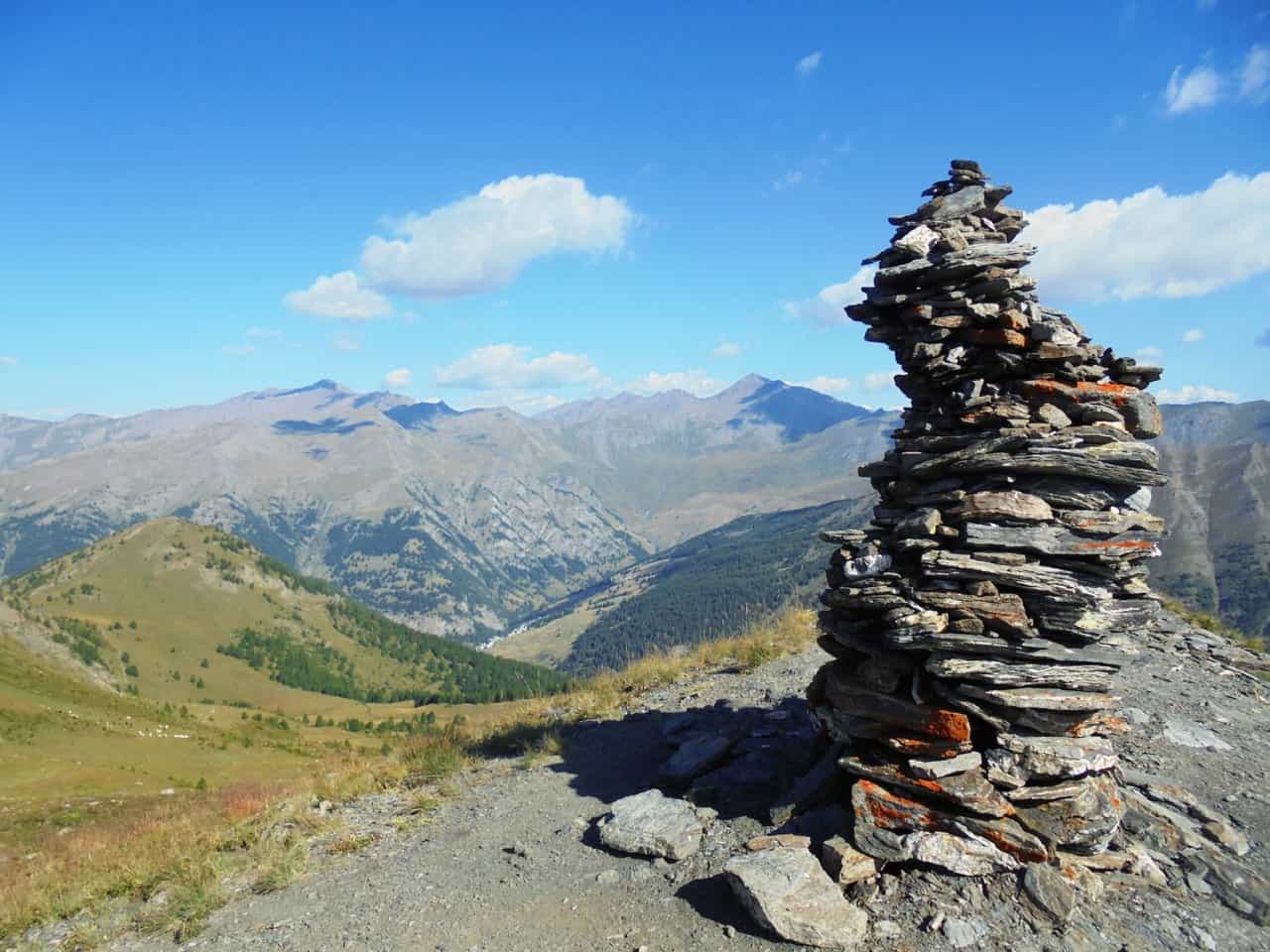Yosemite National Park recently took to Facebook to emphasize the importance of the “Leave No Trace” ethics when visiting national parks. They explained that dismantling rock cairns aligns with these principles, as it aims to minimize human impact on the land and respect the creatures that inhabit it.
The park highlighted that oversized cairns are not only visually distracting in wilderness settings but also disturb small insects, reptiles, and microorganisms that reside beneath them. While rock cairns can be useful for navigation and trail delineation when constructed by rangers and trail workers, visitors are advised to refrain from building or adding to them.
Should you knock this over??
Yes!
Why did Wilderness Restoration Rangers dismantle this rock cairn? According to Leave No Trace ethics when we recreate in wilderness spaces, our goal is to leave no signs of our impact on the land and respect other creatures living in it. Unfortunately, this dramatically oversized cairn is a mark of human impact and is distracting in a wilderness setting. Building rock cairns also disturbs small insects, reptiles, and microorganisms that call the underside home!
When used appropriately, rock cairns are great for navigation, safety, and delineating a new or hard-to-follow trail. In general, rock cairns should only be constructed by rangers and trail workers. Please dismantle and refrain from building rock cairns when you visit Yosemite.
– Yosemite National Park
Therefore, visitors need not feel guilty about toppling rock cairns that disrupt the landscape. These structures not only detract from the visual appeal but also pose ecological harm. Remember, when visiting parks and forests, leave only footprints and refrain from adding to rock cairns.
According to Wikipedia, a cairn is a man-made pile (or stack) of stones raised for a purpose, usually as a marker or as a burial mound. The word cairn comes from the Scottish Gaelic: càrn.
Cairns have been and are used for a broad variety of purposes. In prehistory, they were raised as markers, memorials, and burial monuments (some of which contained chambers). In the modern era, cairns are often raised as landmarks, especially to mark the summits of mountains. Cairns are also used as trail markers. They vary in size from small stone markers to entire artificial hills and in complexity from loose conical rock piles to elaborate megalithic structures. Cairns may be painted or otherwise decorated, whether for increased visibility or for religious reasons.
What is Leave No Trace?
Think about your favorite wilderness area: what do you appreciate most about it? Chances are, you enjoy seeing and hearing nature uninterrupted – plants, animals, sounds. Perhaps you like knowing that you may not see many people on the trail or other signs of heavy human use. These things are made possible, in part, by visitors that make conscientious choices to enjoy the wilderness while minimizing their personal impact on the area. Leave No Trace helps promote these behaviors and offers ways for visitors to be informed, thoughtful wilderness stewards.
Leave No Trace includes 7 Principles:
1. Plan ahead and prepare
2. Travel and camp on durable surfaces
3. Dispose of waste properly
4. Leave what you find
5. Minimize campfire impacts
6. Respect wildlife
7. Be considerate of other visitors

In Europe they often times mark an international border.